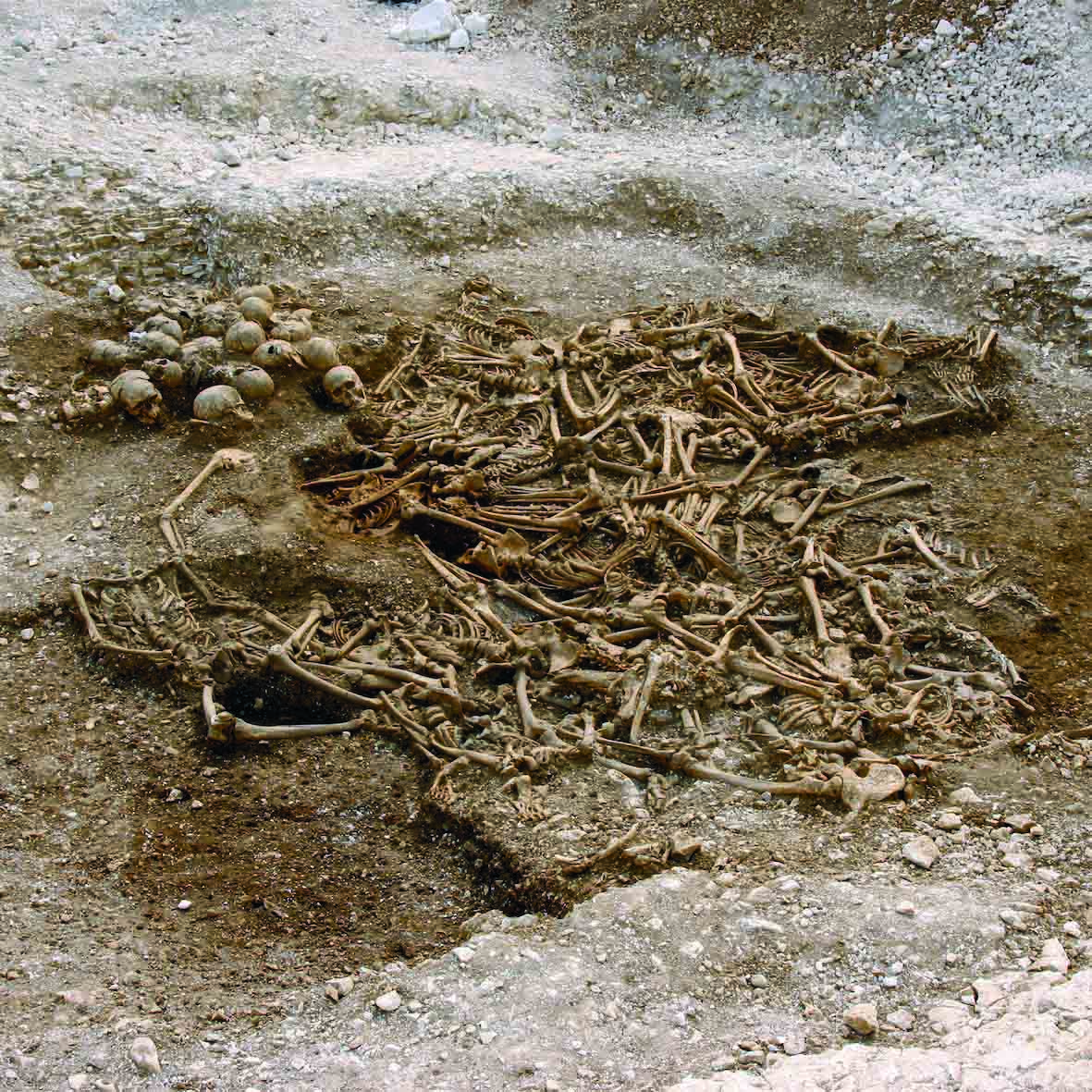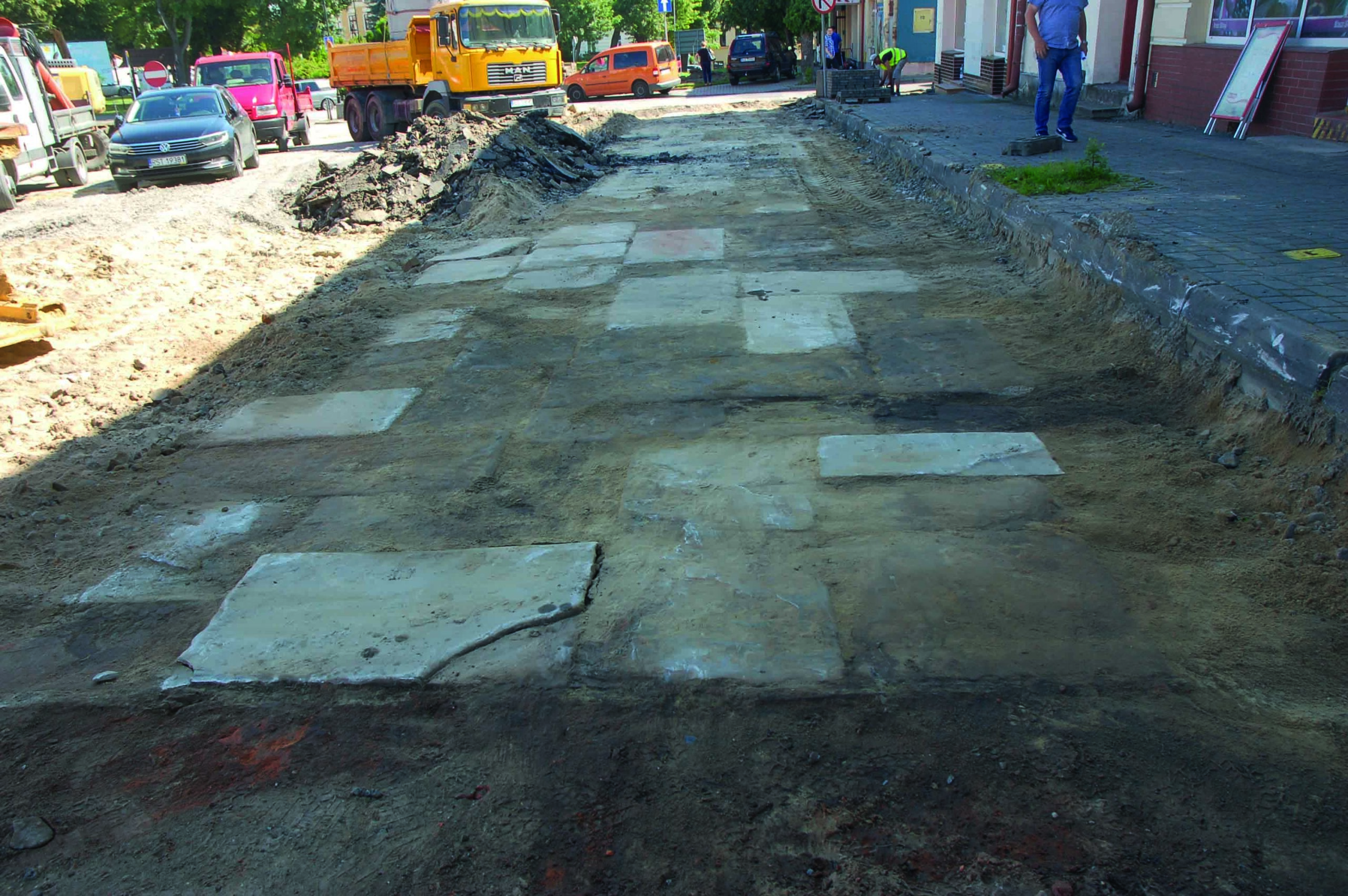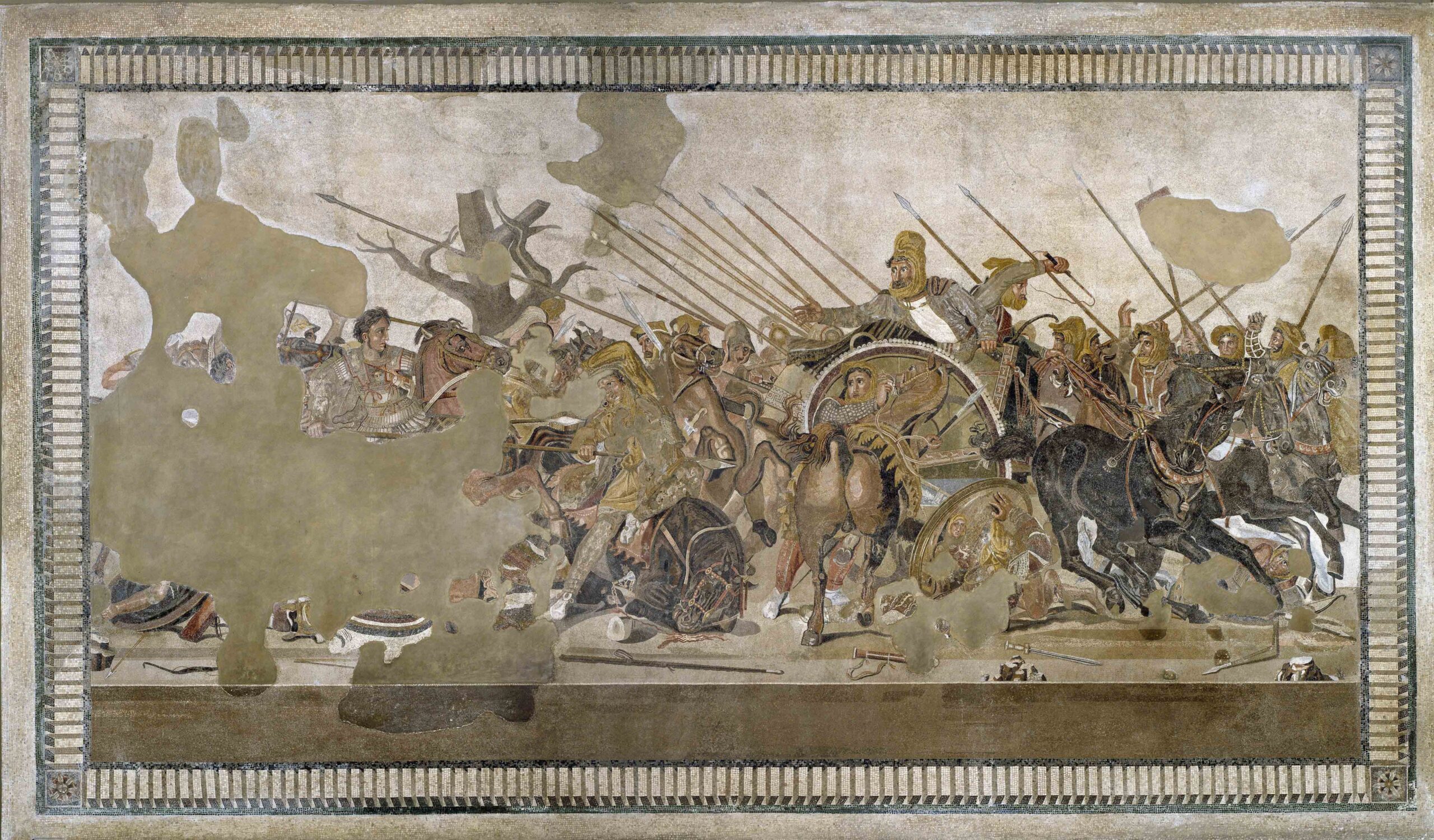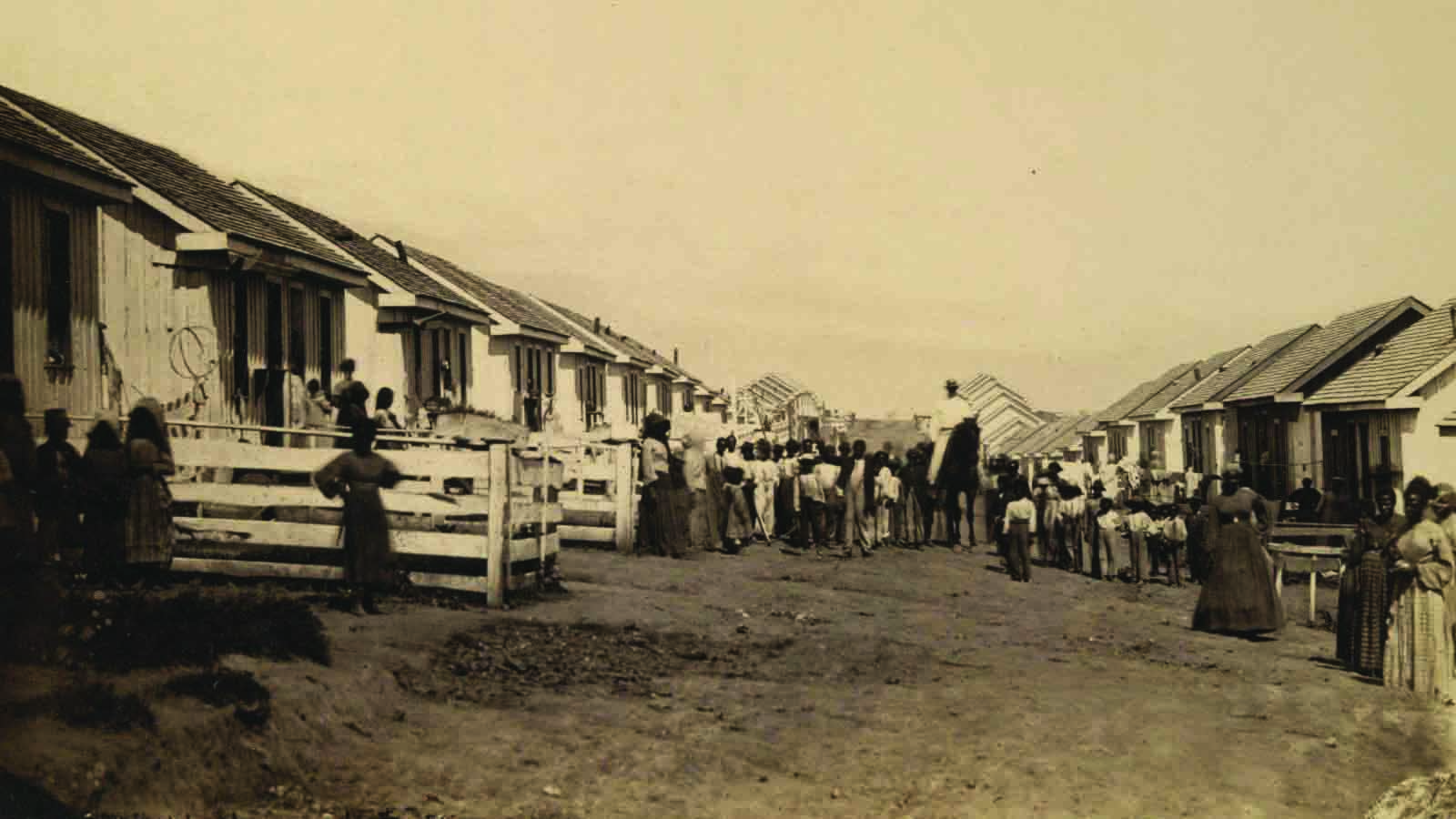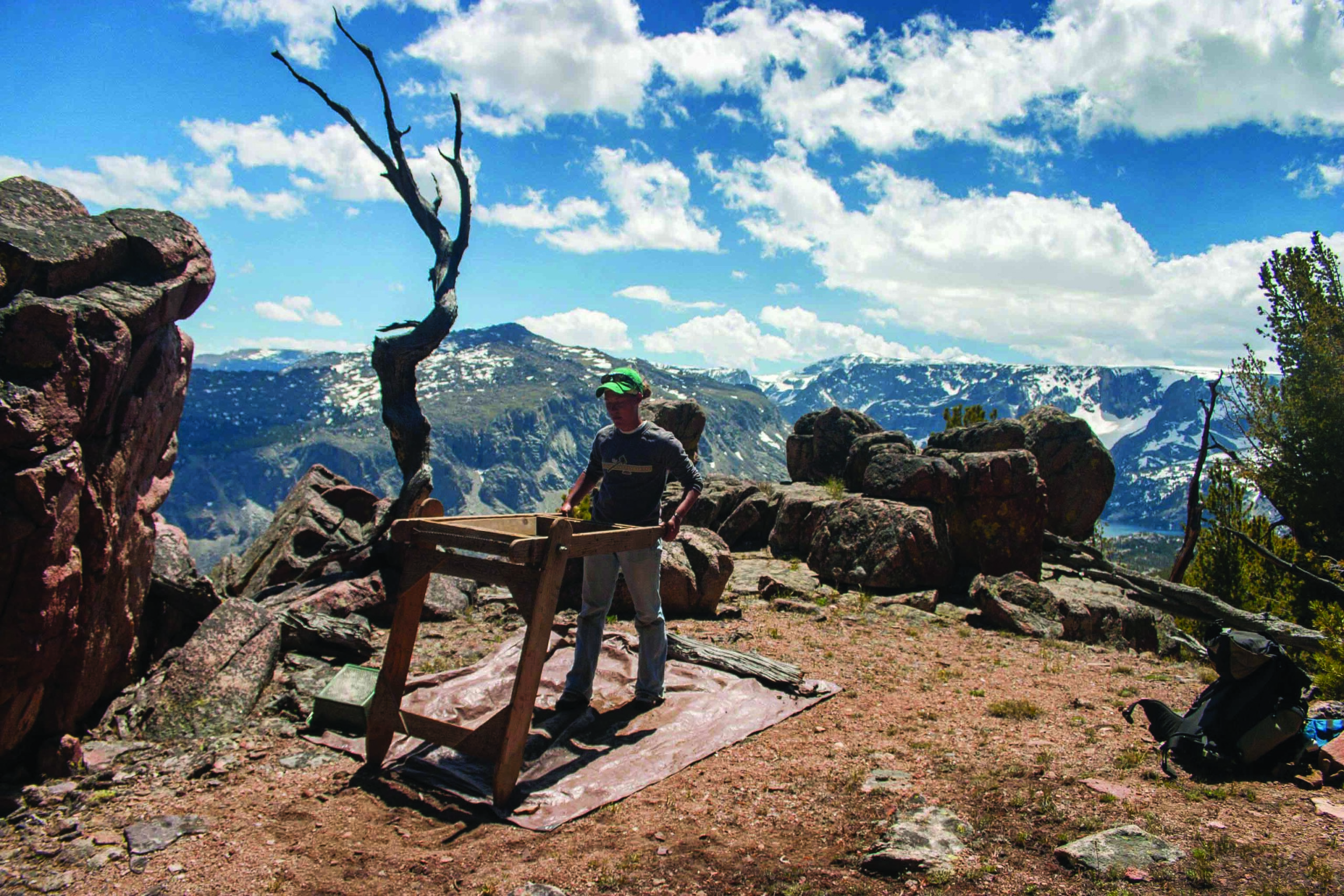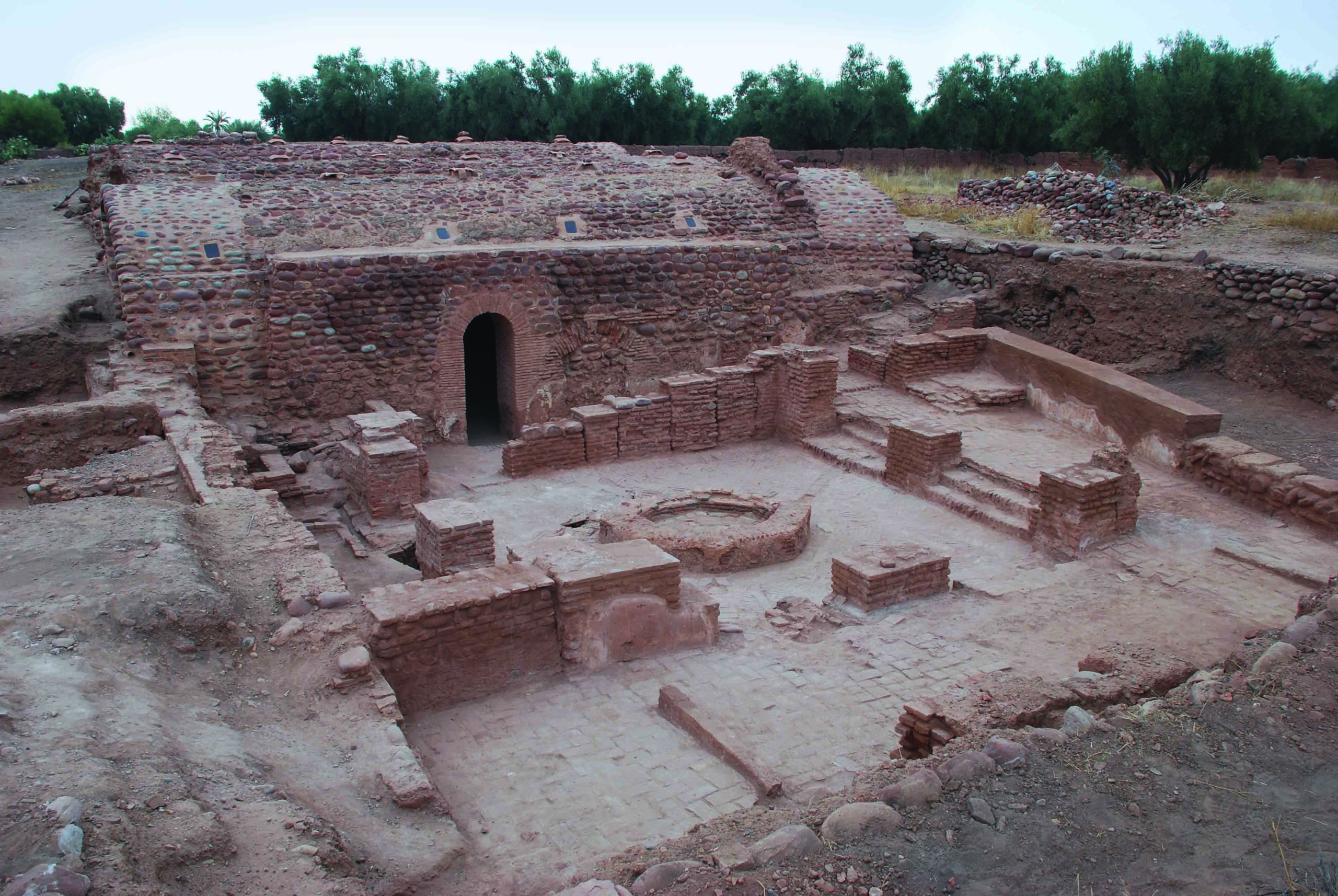
NISKO, POLAND—The First News reports that the remains of 115 children were found in a sixteenth-century cemetery associated with a large Catholic church in southeast Poland during road construction. Some of the children were buried with coins in their mouths. Most of them were minted during the reign of Sigismund III Vasa, who ruled Poland from 1587 to 1632, or from the reign of John II Casimir, who ruled from 1648 to 1668. “It’s certainly a sign of their beliefs,” said archaeologist Katarzyna Oleszek. “The coins are called obols of the dead or Charon’s obol. It is an old, pre-Christian tradition. But it’s been cultivated for a long time, even as late as the nineteenth century.” According to the ancient tradition, the coin was intended to be a payment or bribe to Charon, the ferryman who conveyed the dead across the river that separated the world of the living from the world of the dead. Oleszek also said that no buttons, nails, or coffin handles were recovered from the sandy soil, which suggests the children had come from a very poor community. All of the remains will eventually be reburied in a local cemetery. To read about the burials of four medieval knights near the Polish village of Cieple, go to "Viking Knights, Polish Days."


